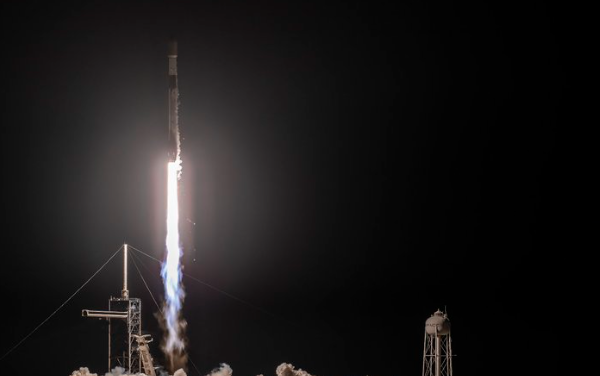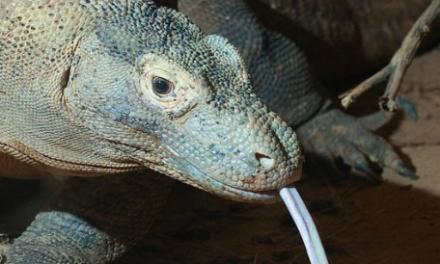Nearly every rocket launch in history has experienced some form of anomaly. With thousands of components working together to achieve a successful mission, it’s almost inevitable that something might fail occasionally. However, the spaceflight industry’s increasing launch frequency has made anomalies less common. Nonetheless, when a rocket like SpaceX’s Falcon 9, known for its remarkable reliability over seven years, experiences a failure, it garners significant attention.
Beautiful footage of #SpaceX Falcon 9’s return to flight blasting through the clouds. Great to be gandering again!! https://t.co/AsXUuyvRJn pic.twitter.com/rI7ie4f9IX
— NeighborhoodLaunchWatch (@NLWactual) July 27, 2024
On July 11, at 10:35 PM EDT, Falcon 9 faced an anomaly during its 298th mission, causing the loss of the Merlin Vacuum (MVac) engine and subsequently the Starlink satellites on board, as they failed to reach a stable orbit. This incident marked only the fourth anomaly in Falcon 9’s history, most of which occurred during the early stages of the Block 2 and Block 3 designs. Before this failure, the Falcon 9 Block 5 variant had achieved 297 consecutive successful launches, making it one of the most reliable rockets in operation.
The first in-flight failure of Falcon 9 occurred on June 28, 2015, during the CRS-7 mission, when the second-stage liquid oxygen (LOX) tank overpressurized and ruptured, leading to the destruction of the rocket. NASA’s involvement in the investigation revealed that a faulty strut inside the LOX tank caused the failure. SpaceX addressed the issue by upgrading the strut and enhancing vehicle quality audits. Following this, Falcon 9 maintained a 95% success rate, resuming flights after nearly six months.
SpaceX says it has identified and fixed the problem that caused its Falcon 9 rocket to fail during a launch earlier this month. The issue was due to “a crack in a sense line for a pressure sensor attached to the vehicle’s oxygen system”.https://t.co/9tFIjnmgx7 pic.twitter.com/lPaXycvOey
— satsearch (@satsearchco) July 27, 2024
Subsequent anomalies included the AMOS-6 incident on September 1, 2016, during a preflight static fire test, where a liner inside the composite overwrapped pressure vessel (COPV) tank buckled, causing a propellant explosion. This reduced Falcon 9’s reliability temporarily. However, SpaceX quickly rebounded, resuming flights in January 2017.
In the broader context of spaceflight, new rockets or iterations of existing ones often face anomalies early in their development. SpaceX’s iterative approach, epitomized by its “fail fast but iterate faster” philosophy, has been applied to its Starship development, with each test flight providing valuable insights for improvements.
Other companies and agencies have faced similar challenges. Firefly Aerospace, for example, experienced partial failures with its Alpha rocket but is moving toward reliability with recent successes. The European Space Agency’s (ESA) Ariane 6 faced a malfunction during its inaugural flight, and Japan’s Aerospace Exploration Agency (JAXA) overcame issues with its H3 rocket, achieving successful missions after initial setbacks. Rocket Lab’s Electron rocket and Blue Origin’s New Shepard have also had their share of anomalies but have continued to strive for higher reliability.
Falcon 9 mission….#SpaceX pic.twitter.com/8avff9uwjm
— Starvicky 𝕏 (@Starvicky17) July 27, 2024
Falcon 9’s recent return to flight on July 27, after just a 14-day hiatus, is a testament to SpaceX’s resilience and commitment to rapid iteration. The anomaly was traced to a crack in a “sense line” during the second stage burn, leading to an overpressurization of the MVac engine. SpaceX’s response includes removing the redundant sense line and sensor to prevent future occurrences.
With a 99% success rate across 355 missions over 14 years, Falcon 9 remains one of the most reliable rockets ever built, highlighting both the challenges and triumphs in the ever-evolving spaceflight industry.
Key Points:
- Falcon 9 experienced an anomaly on July 11, resulting in the loss of the Merlin Vacuum engine and Starlink satellites.
- The rocket had previously achieved 297 consecutive successful launches, marking only the fourth anomaly in its history.
- SpaceX’s rapid response and iterative approach have been crucial in addressing and preventing future issues.
- Anomalies are common in the early stages of new rocket development, as seen with various companies and agencies.
- Despite the recent anomaly, Falcon 9 continues to be one of the most reliable rockets, with a 99% success rate.
RM Tomi – Reprinted with permission of Whatfinger News







